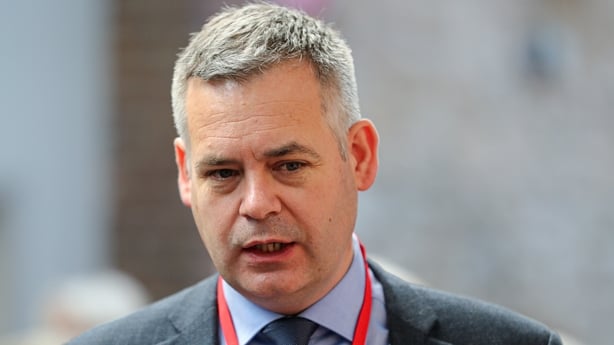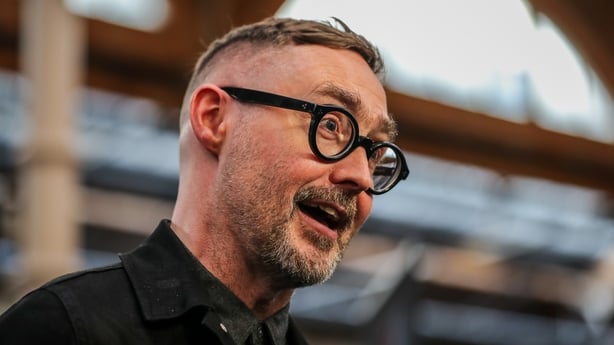"The longer Fianna Fáil and Fine Gael are in power the worse things have become," thunders the introduction to the Sinn Féin Alternative Budget.
The largest Opposition party then declares that: "Sinn Féin is committed to investing in the future."
The 47-page document certainly provides a detailed insight into how the party proposes to undertake that change.
Yet it's an alternative budget which can mirror what the Government plans to do in places - if the speculation is to be believed.
The Government plans to cut USC, cut childcare costs and cut a planned excise increase on petrol and diesel at the end of the month.

The coalition is also considering plans to increase the minimum wage, increase a rent credit and help mortgage holders (albeit in very limited circumstances.)
The amounts may vary, but the Sinn Féin Alternative Budget also plans to travel the same road.
On core social welfare, the coalition plans to increase the weekly payment by around €12 a week.
Sinn Féin goes for €15 (except for pensioners who don't live alone, who only receive €10).
However, Labour advocates at least a €20 increase in core social welfare; the Social Democrats want €25; while the Rural Independents demand a €30 hike.
Has Sinn Féin shed its radical edge?
Some political observers were characterising the document as yet another discernable step by Sinn Féin moving to centrist politics - possibly a year before the next general election.
Sinn Féin would dispute that.
The party's finance spokesperson Pearse Doherty said today that cutting the USC has been a long-held policy, with which a 'Johnny-come-lately' coalition is finally catching-up with.
The party also feels there is night-and-day between the coalition's Housing for All plan and what Sinn Féin will do, if in government.
Its budget includes a mortgage interest relief which is much broader than what the government is contemplating - a temporary measure to help homeowners absorb 30% of increased interest costs; putting one month's rent back into renters’ pockets; banning rent increases; and delivering 21,000 social and affordable homes.

Housing spokesperson Eoin O’Broin claimed at the Sinn Féin budget news conference that the Government was "taking our rhetoric" on the issue.
There's also clear blue water between the Government and Sinn Féin when it comes to the carbon tax.
The coalition argues that the tax must increase to fund future fundamental change - like retrofitting.
However, Sinn Féin claims it can freeze the tax and at the same time outstrip the Government's retrofitting targets.
Health is another area where Sinn Féin argues that the Government's competence has been shredded, while it has the answers.
As part of a dual approach, the party has allocated nearly a quarter of a billion euro to speedily reduce "the cost of healthcare to workers and families".
In the longer term, Sinn Féin wants an additional 1,800 hospital beds in the next 3 years.
The Fine Gael press office went into overdrive on publication of the Alternative Budget, claiming the "punitive" plan to double stamp duty "beggars belief".
Education was another battleground, with Fine Gael deputy Paul Kehoe claiming Sinn Féin' makes "fantastical promises, all based on a number plucked out of the sky".
He asserted the coalition's plan to reduce third level fees by €1,000 costs €91.9 million, but Sinn Féin has only budgeted €23.6 million.
Fine Gael's central charge was that Sinn Féin's Alternative Budget had been forged in an alternative reality.
With Sinn Féin riding high in the polls, over many, many months, the party will feel it has its finger on the public's pulse rather than Fine Gael.
Time will tell.






